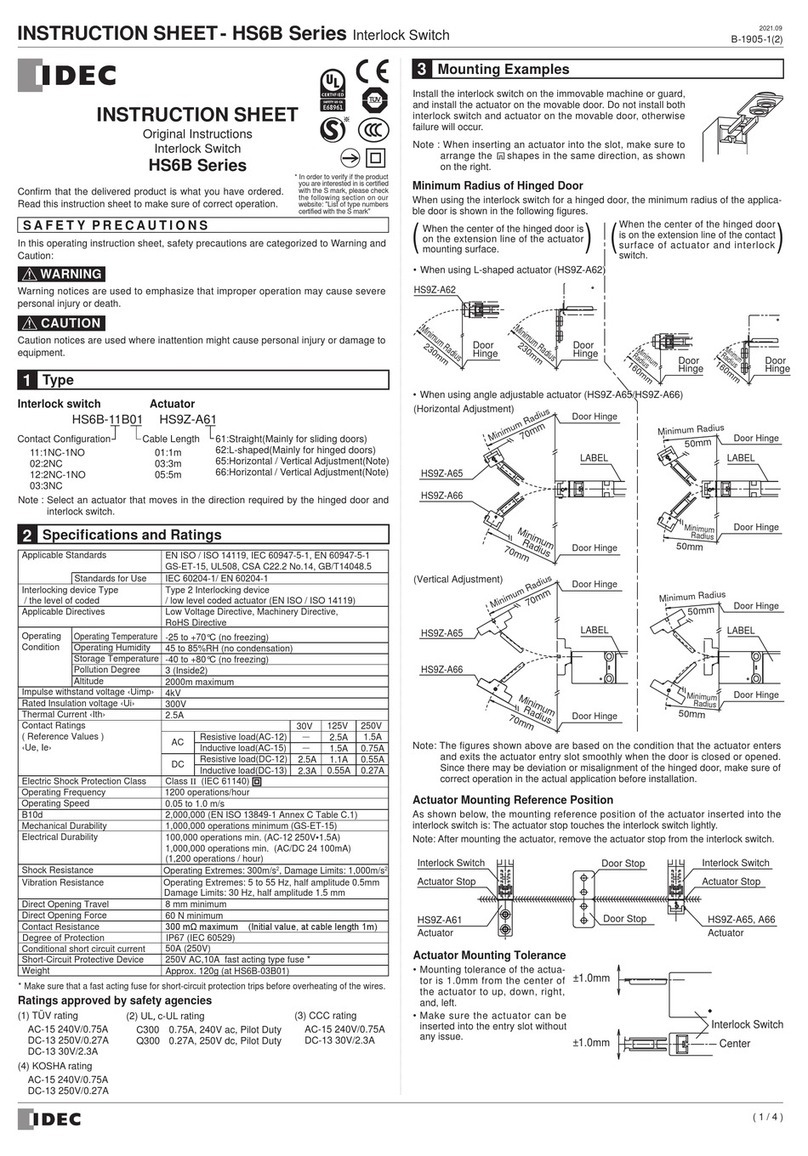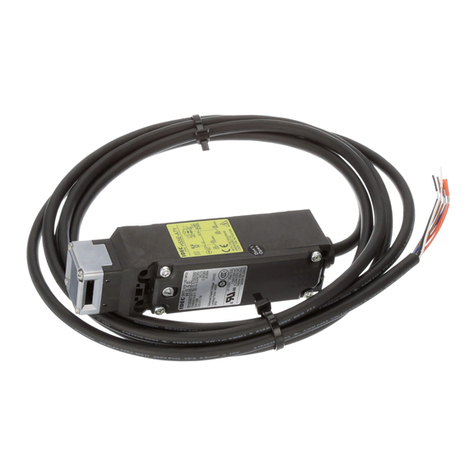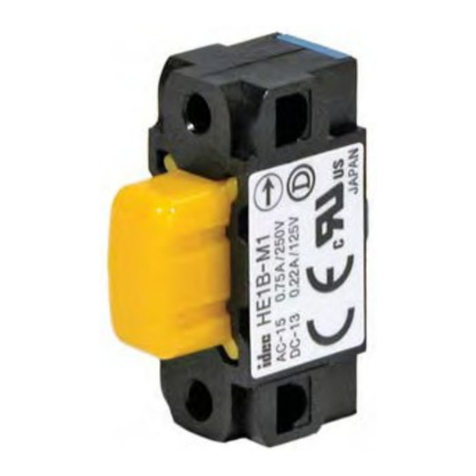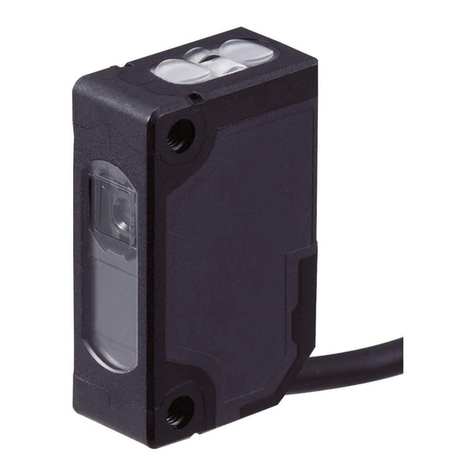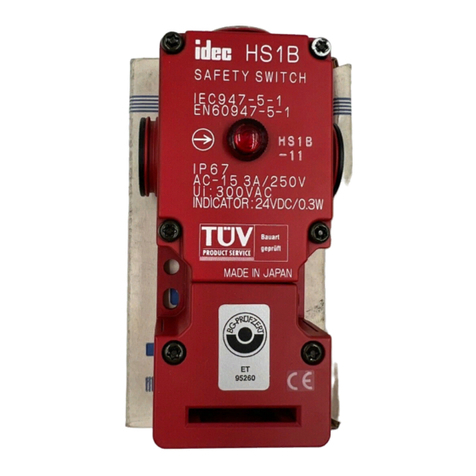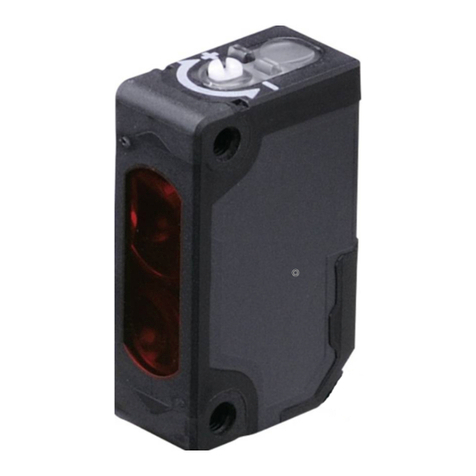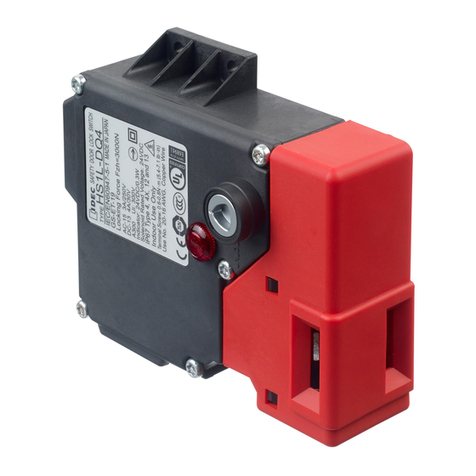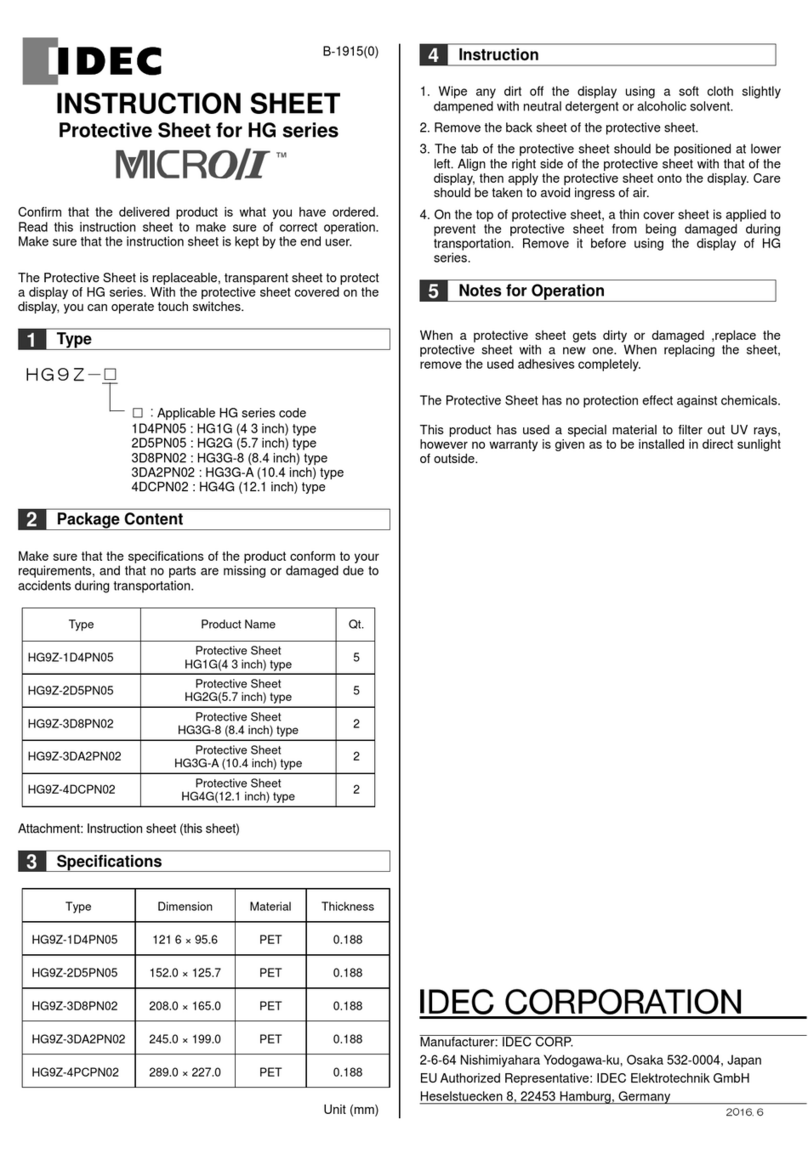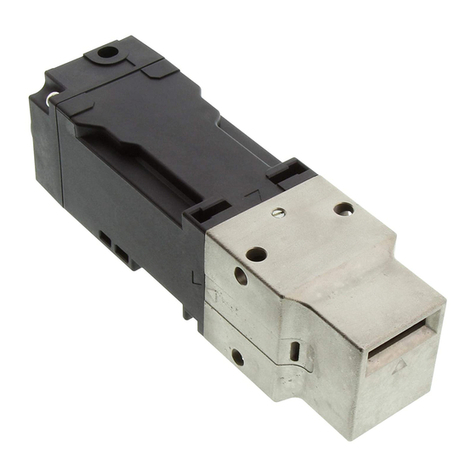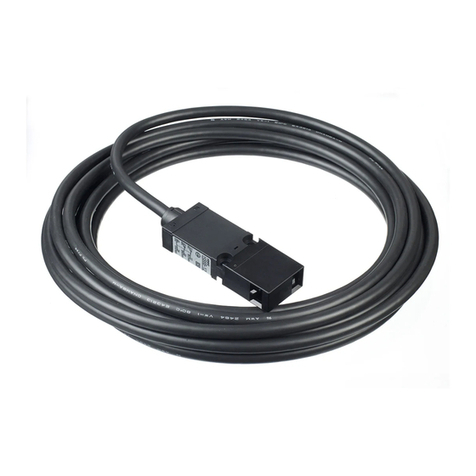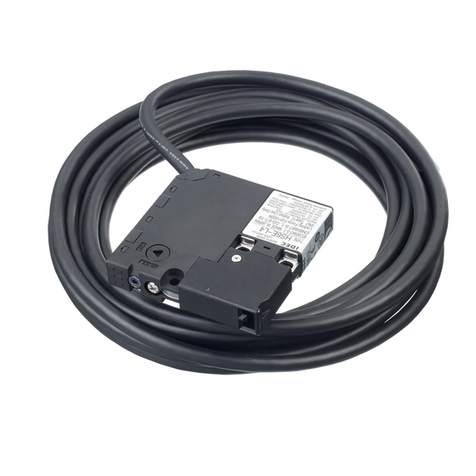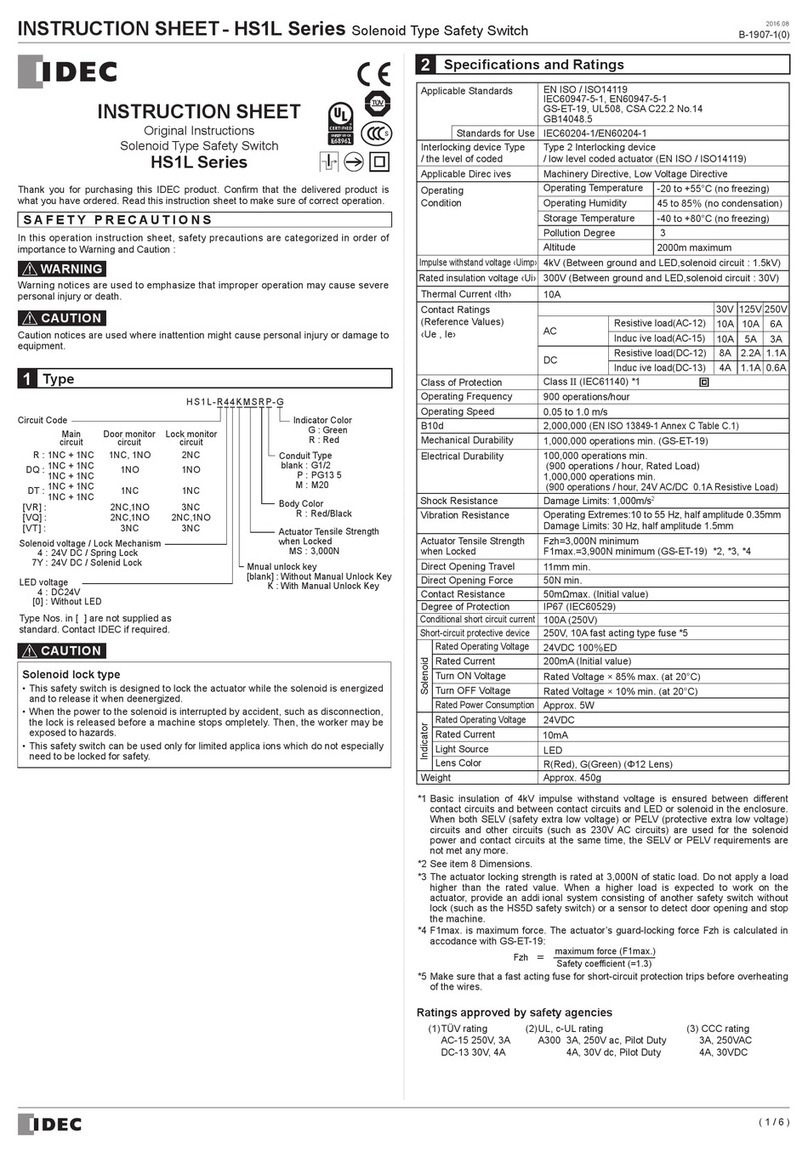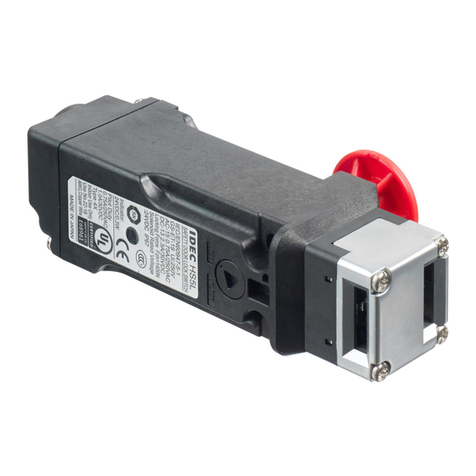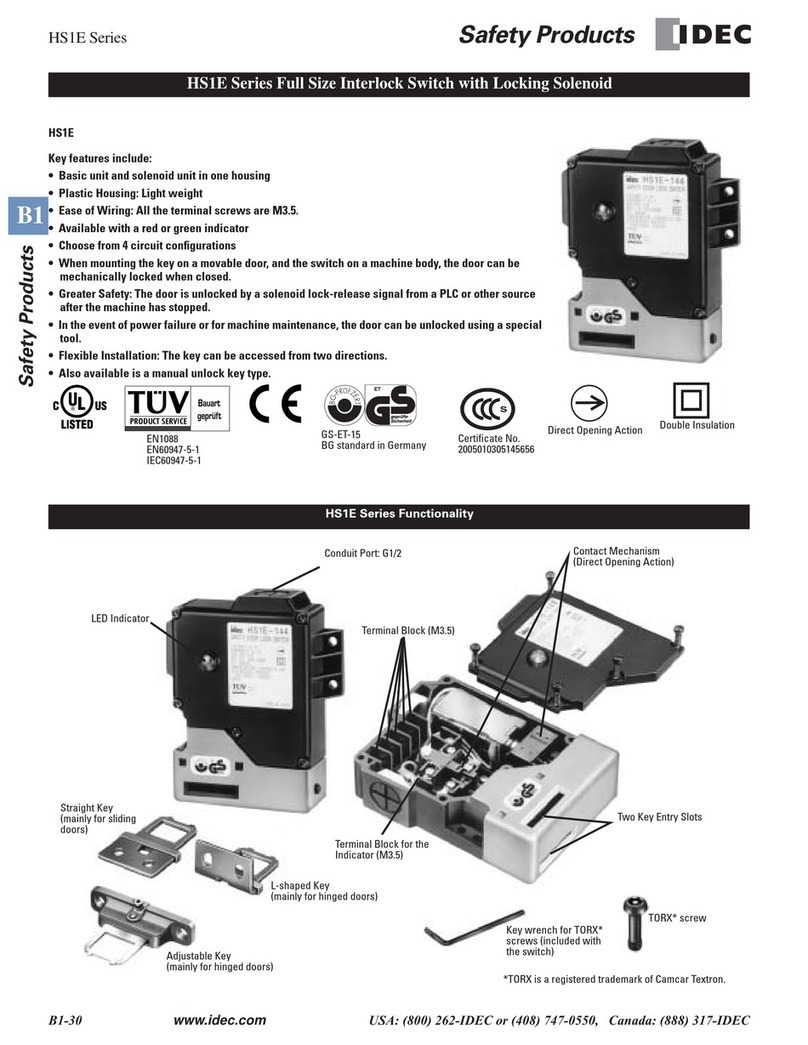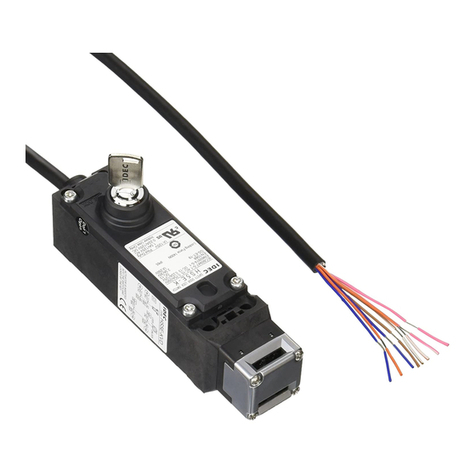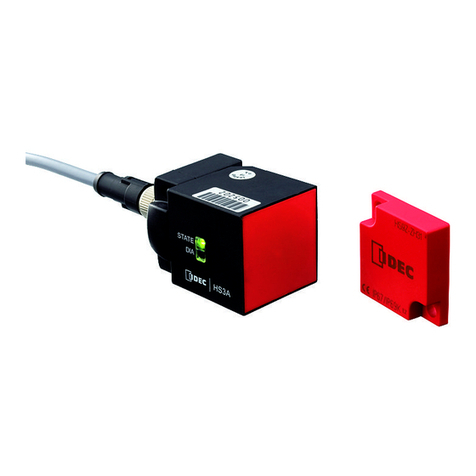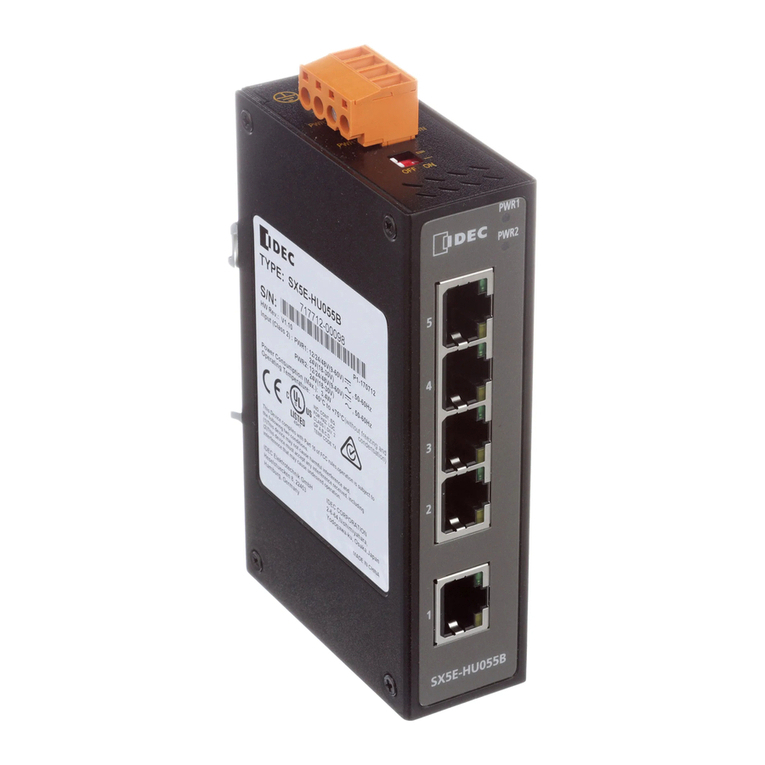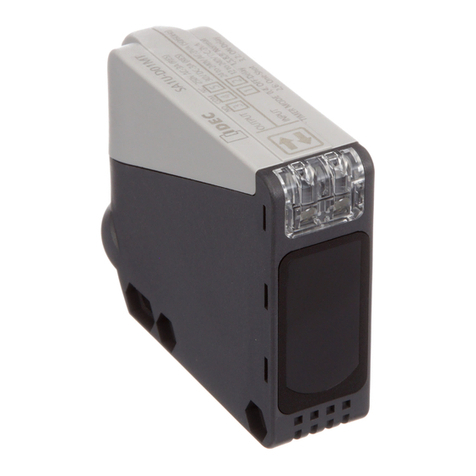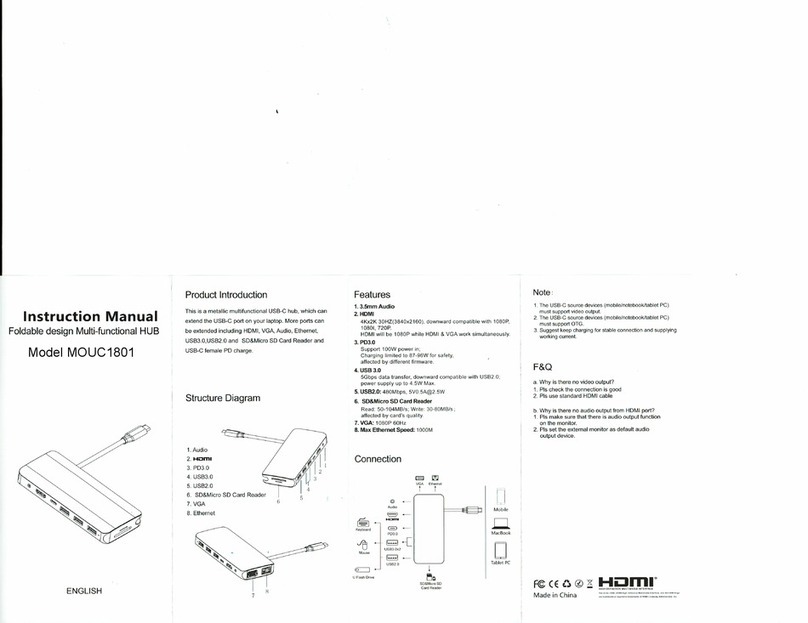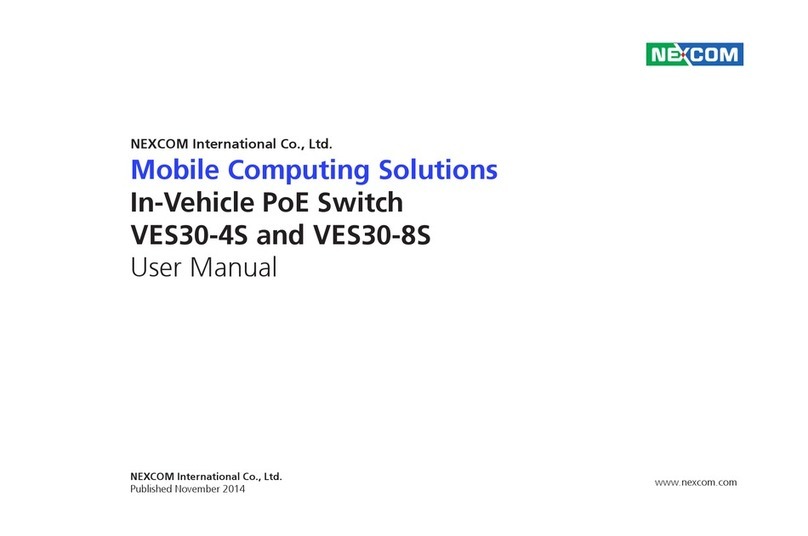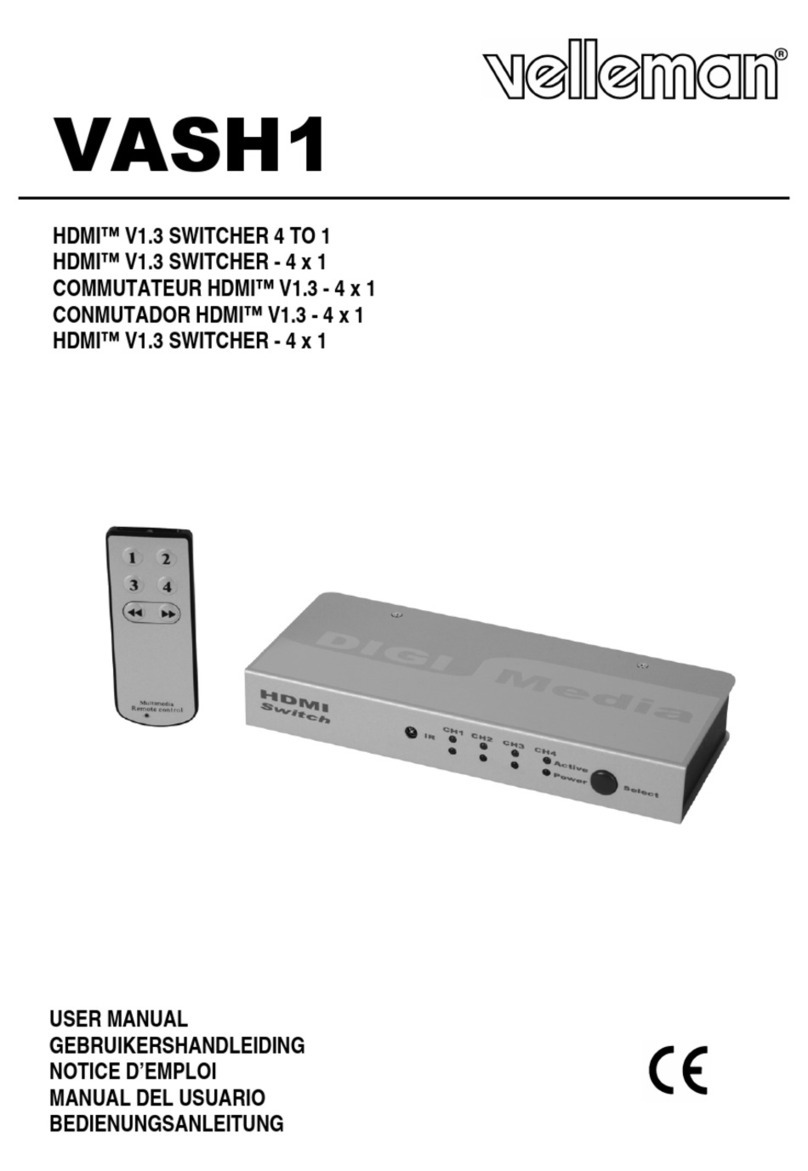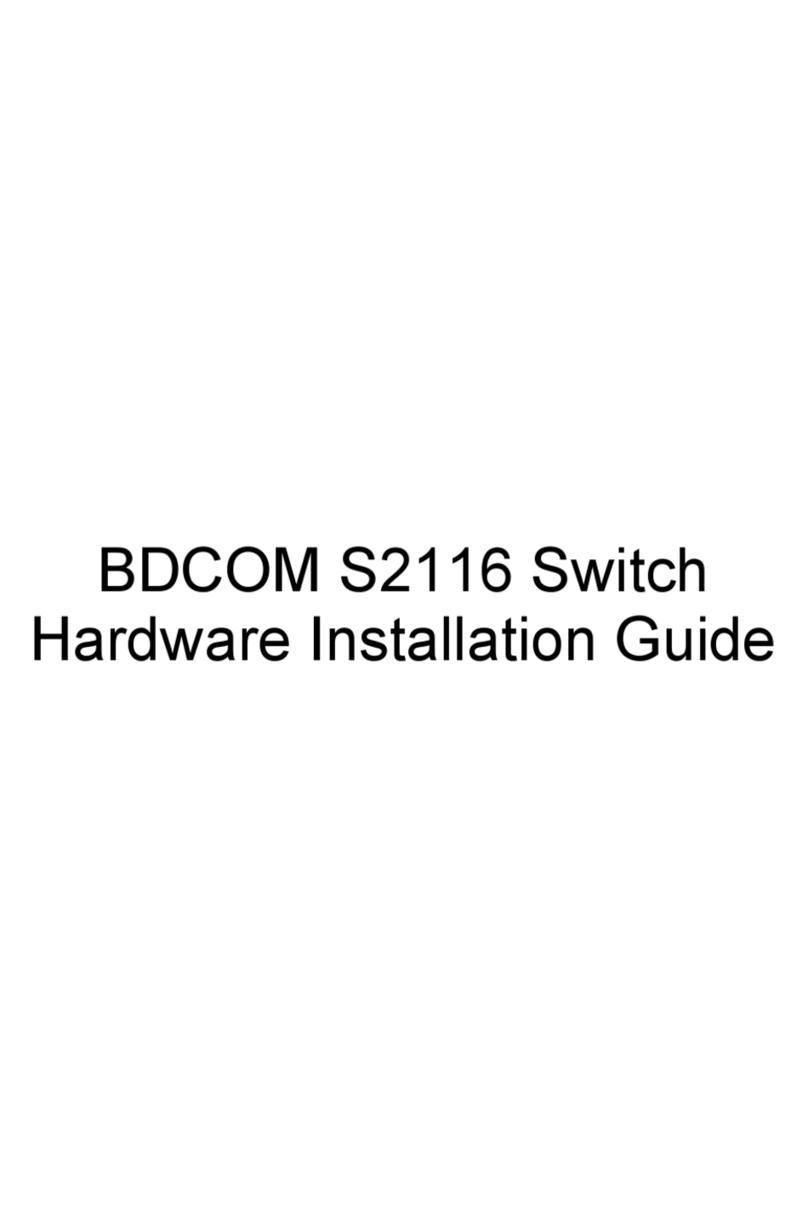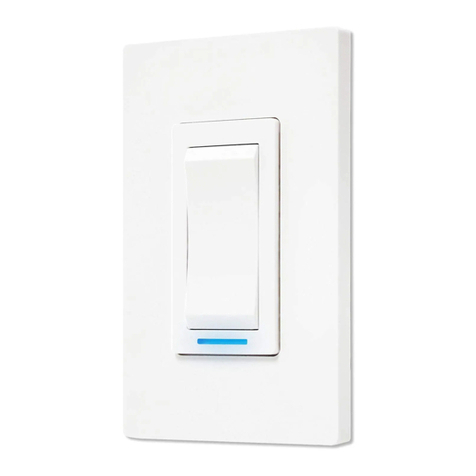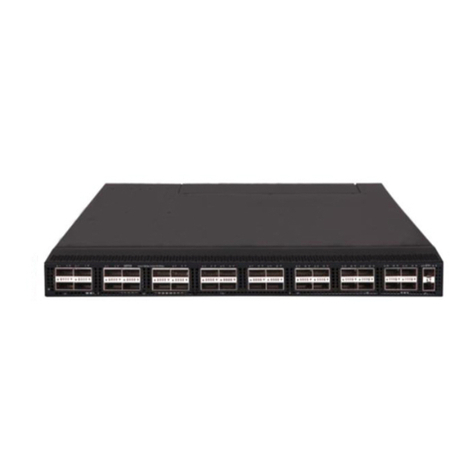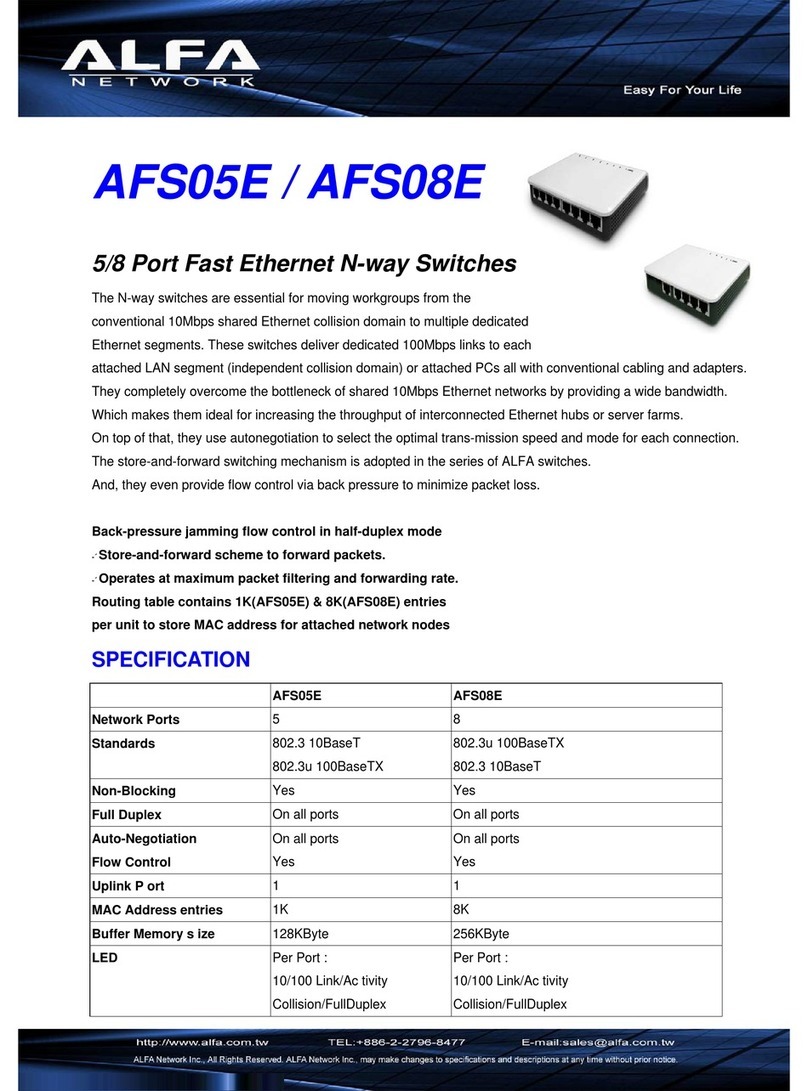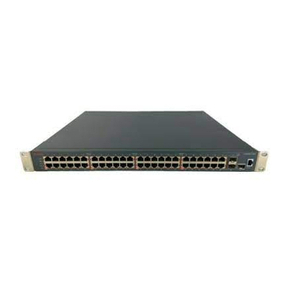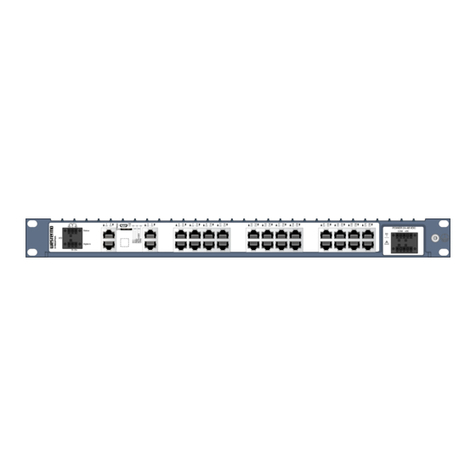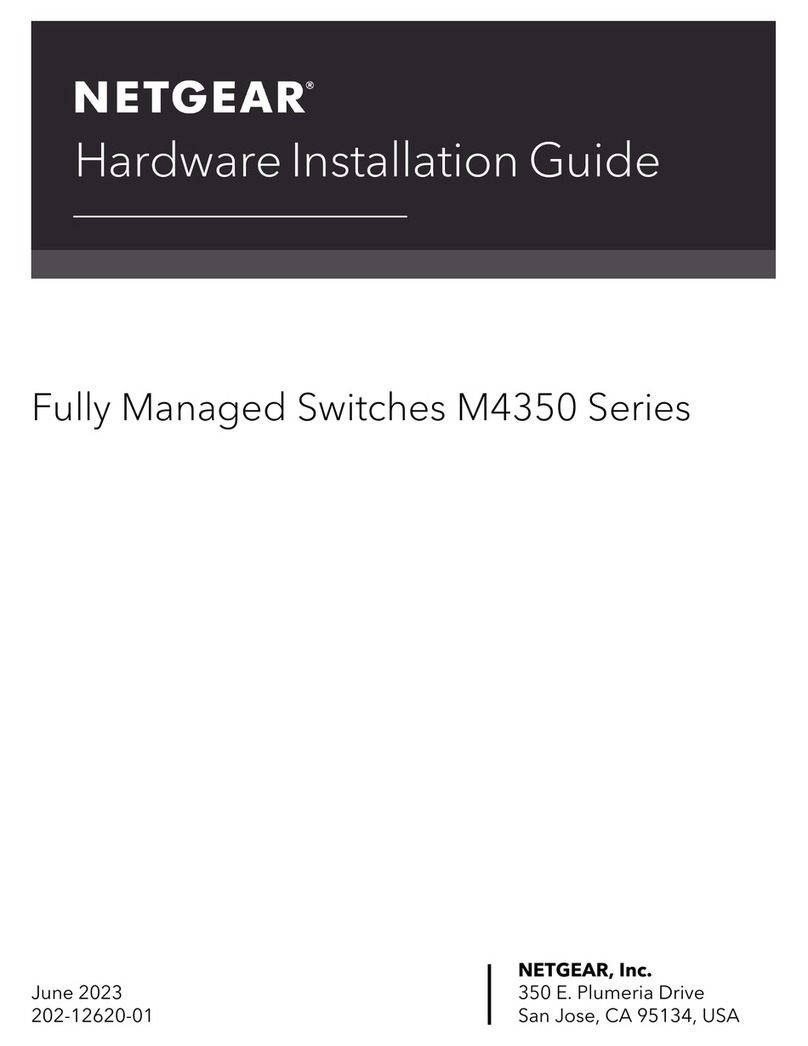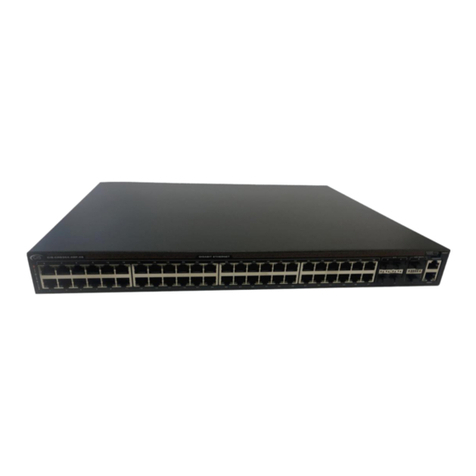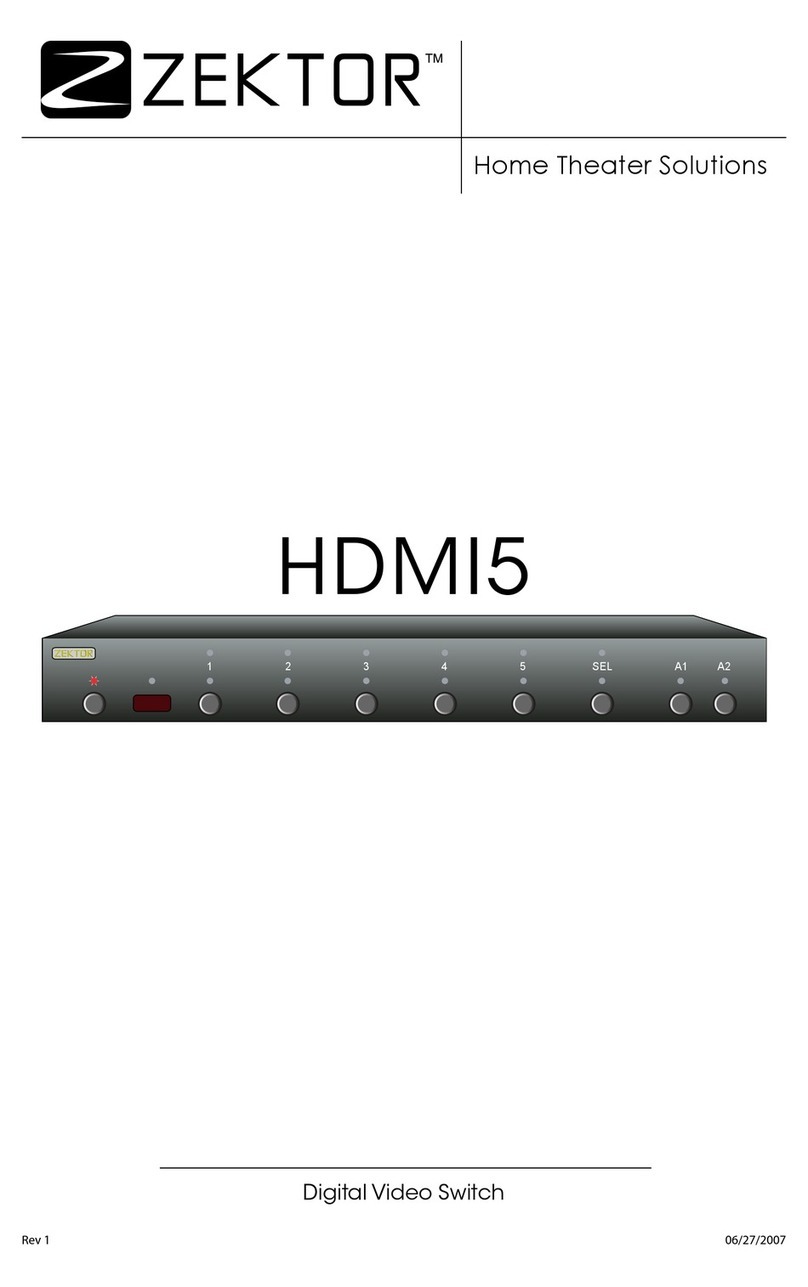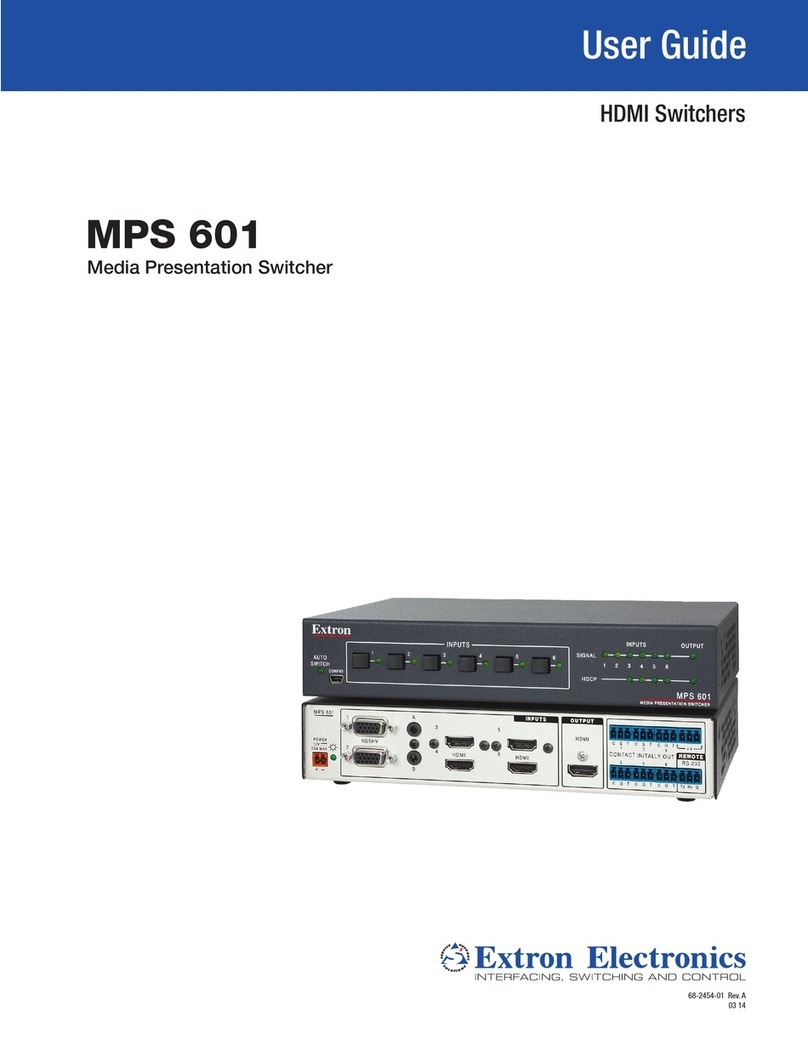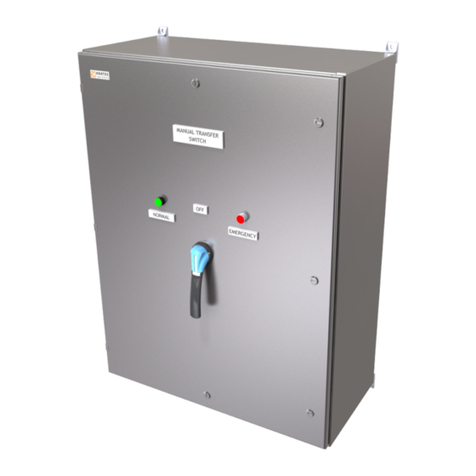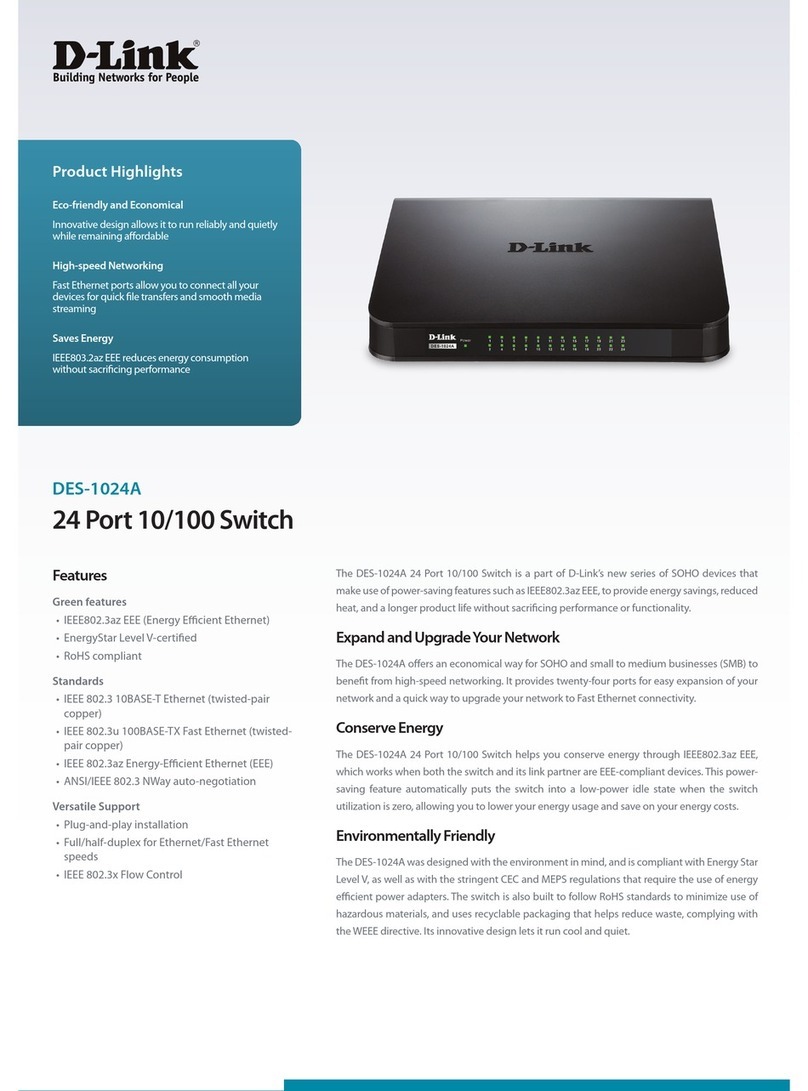
5. Power Supply and Wiring
•Do not use the SA1E photoelectric switch at the transient sta-
tus immediately after turning on the power (approx. 100 ms,
background suppression model: 200 ms). When the load and
switch use different power supplies, make sure to power up the
switch first.
•Use a power supply with little noise and inrush current, and use
the photoelectric switch within the rated voltage range. Make
sure that ripple factor is within the allowable limit. Do not apply
AC voltage, otherwise the switch may blow out or burn.
•When using a switching power supply, make sure to ground the
FG (frame ground) terminal, otherwise high-frequency noise
may affect the photoelectric switch.
•Turn power off before inserting/removing the connector on
photoelectric switch. Make sure that excessive mechanical
force is not applied to the connector. Connect the connector
cable to a tightening torque of 0.5 N·m maximum.
•To ensure the degree of protection, use the applicable con-
nector cable for the connector model. Connector cables are
ordered separately.
•Avoid parallel wiring with high-voltage or power lines in the
same conduit, otherwise noise may cause malfunction and
damage. When wiring is long, use a separate conduit for wiring.
•Use a cable of 0.3 mm2minimum core wires, then the cable can
be extended up to 100m.
6. Installation
Installing the Photoelectric Switch
•Do not install the SA1E photoelectric switches in an area where
the switches are subject to the following conditions, otherwise
malfunction and damage may be caused.
∗Inductive devices or heat source
∗Extreme vibration or shock
∗Large amount of dust
∗Toxic gases
∗Water, oil, chemicals
∗Outdoor
•Make sure to prevent sunlight, fluorescent light, and especially
the fluorescent light of inverters from entering the receiver of
the photoelectric switch directly. Keep the through-beam model
receiver away from intense extraneous light.
•Interference prevention allows two SA1E switches to be mount-
ed in close proximity. However, the through-beam model is not
equipped with interference prevention. Maintain appropriate
distance between the switches referring to the lateral displace-
ment characteristics.
•Because the SA1E photoelectric switches are IP67 waterproof,
the SA1E can be exposed to water. However, wipe water drops
and smears from the lens and slit using a soft cloth to make
sure of the best detecting performance.
•Polycarbonate or acrylic resins are used for optical elements.
Do not use ammonia or caustic soda for cleaning, otherwise
optical elements will be dissolved. To remove dust and moisture
build-up, use soft dry cloth.
•Tighten the mounting screws (M3) to a torque of 0.5 N·m. Do
not tighten the mounting screws excessively or hit the switch
with a hammer, otherwise the protection degree cannot be
maintained.
Installing the Reflector
•Use M4 mounting screws for the IAC-R5 and IAC-R8 reflector,
and M3 mounting screws for the IAC-R6 reflector. Tighten the
mounting screws to a tightening torque of 0.5 N·m maximum.
Mounting screws are not supplied with the switch.
•Use the M3 self-tapping screw, flat washer, and spring washer
to tighten the IAC-R7 reflector to a torque of 0.5 to 0.6 N·m.
•Optional reflector mounting bracket IAC-L2 is not supplied with
mounting screws or nuts.
•IAC-L3 and IAC-L5 are supplied with mounting screws for
mounting the reflector on the bracket.
•Reflector IAC-RS1 and IAC-RS2 can be installed directly on a
flat surface using the adhesive tape attached to the back of the
reflector. Before attaching the reflector, clean the board surface
to ensure secure attachment.
Installing the air blower mounting block SA9Z-A02
•When installing the SA9Z-A02 on the SA1E photoelectric
switch, use the attached M3 × 20 mounting screws and tighten
to a torque of 0.5 N·m maximum.
•Do not use the mounting screw (M3 × 12) supplied with the
mounting bracket (SA9Z-K01) to mount the SA1E photoelectric
switches.
•The SA9Z-A02 cannot be used with the through-beam slits
(SA9Z-S06 to S14).
•The air tube fitting (M5) can be installed to either the top or side.
The air tube is not supplied.
•Close the unused port using the air supply port plugging screw
and gasket (supplied with SA1E) to a tightening torque of 1 to
2 N·m maximum. The recommended air pressure is 0.1 to 0.3
MPa.
Installing the background suppression (BGS) model
•This sensor can detect objects correctly when the sensor head
is installed perpendicular to the moving object. Install the sen-
sor head as shown below to minimize sensing errors.
Correct
Object Object Object
Correct Incorrect
•If the sensor is used in a place subject to a large variations in
the ambient temperature, the characteristics may change de-
pending on the target object. Be sure to check the operation
under the actual operating conditions.
Specications and other descriptions in this brochure are subject to change without notice.
Cat. No. EP1491-4 FEBRUARY 2016 PDF
IDEC ELEKTROTECHNIK GmbH
Tel: +49-40-25 30 54 - 0, Fax: +49-40-25 30 54 - 24
IDEC (SHANGHAI) CORPORATION
Tel: +86-21-6135-1515
Fax: +86-21-6135-6225 / +86-21-6135-6226
IDEC (BEIJING) CORPORATION
Tel: +86-10-6581-6131, Fax: +86-10-6581-5119
IDEC (SHENZHEN) CORPORATION
Tel: +86-755-8356-2977, Fax: +86-755-8356-2944
IDEC IZUMI (H.K.) CO., LTD.
Tel: +852-2803-8989, Fax: +852-2565-0171
IDEC TAIWAN CORPORATION
Tel: +886-2-2698-3929, Fax: +886-2-2698-3931
E-mail: service@tw.idec.com
IDEC IZUMI ASIA PTE. LTD.
Tel: +65-6746-1155, Fax: +65-6844-5995
IDEC ASIA (THAILAND) CO.,LTD.
Tel: +662-392-9765, Fax: +662-392-9768
.idec.com
IDEC CORPORATION (USA)
Tel: +1-408-747-0550 / (800) 262-IDEC (4332)
Fax: +1-408-744-9055 / (800) 635-6246
IDEC CANADA LIMITED
Tel: +1-905-890-8561,
Toll Free: (888) 317-IDEC (4332)
Fax: +1-905-890-8562
IDEC AUSTRALIA PTY. LTD.
Tel: +61-3-8523-5900, Toll Free: 1800-68-4332
Fax: +61-3-8523-5999
6-64, Nishi-Miyahara 2-Chome, Yodogawa-ku, Osaka 532-0004, Japan
Tel: +81-6-6398-2527, Fax: +81-6-6398-2547
SA1E Miniature Photoelectric Switches (Built-in Amplifier)




















